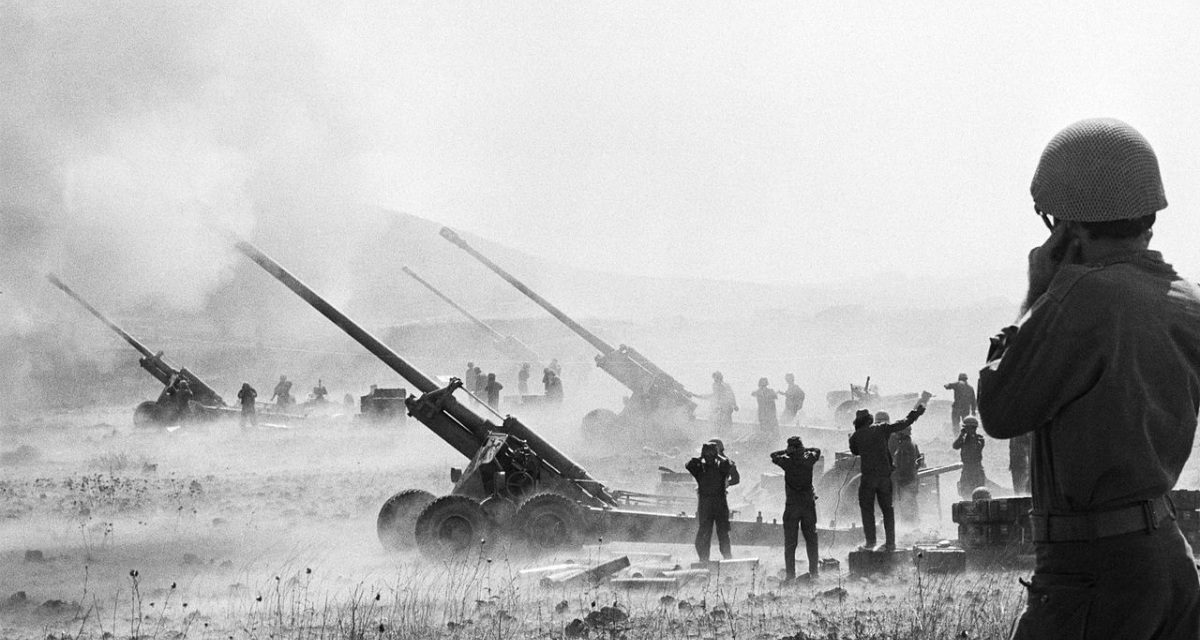
3.5 Arab-Israeli War
The Arab-Israeli War of 1948 broke out when five Arab nations invaded territory in the former Palestinian mandate immediately following the announcement of the independence of the state of Israel on May 14, 1948. In 1947, and again on May 14, 1948, the United States had offered de facto recognition of the Israeli Provisional Government, but during the war, the United States maintained an arms embargo against all belligerents.
The defeat of Egypt and Syria in 1967 is often described as a deathblow to pan-Arabism, and it did indeed gravely undermine the regime of Gamal Abdel Nasser. Egyptians, Syrians and Palestinians had in fact already begun to shift towards narrower nation-state nationalism even before the 1967 war, which merely confirmed this reorientation.
Israel and the Palestinians felt the biggest consequences of the 1967 war. Israel began an occupation of the Palestinian territories that continues half a century later. It annexed East Jerusalem and the Golan Heights, in moves not recognised internationally.
What happened after the war
Yitzhak Rabin served two terms as Israeli prime minister, firstly in the mid-1970s, and later between 1992-1995; in his second term of office he negotiated and signed historic Oslo peace accords with the Palestinians, for which he shared a Nobel Peace prize; he was assassinated by an ultra-nationalist Israeli Jew in Tel Aviv in 1995
King Hussein of Jordan ordered the expulsion of PLO forces from Jordan in 1970 and rejected calls by Egypt and Syria to join their war against Israel in 1973. After years of secret talks, Jordan signed a peace treaty with Israel in 1994. Hussein died in 1999
Hafez al-Assad took power in a 1970 coup and was elected Syrian president in a referendum a year later; he ruled the country until he died in 2000. Relations with Israel remained hostile - there was an unsuccessful attempt to take back the Golan Heights in the 1973 Middle East war, and Assad continued to refuse any peace deal which did not include the return of Syrian territory
Gamal Abdel Nasser died of a heart attack in 1970; his successor, Anwar Sadat, eventually sought peace with Israel, signing an historic treaty in 1979; he was assassinated by an Egyptian officer in 1981.
Religious aspects of the conflict
The Arab–Israeli conflict has a religious aspect. The beliefs of the various sides and their ideas and views of the chosen people in their policies with regard to the "Promised Land" and the "Chosen City" of Jerusalem
